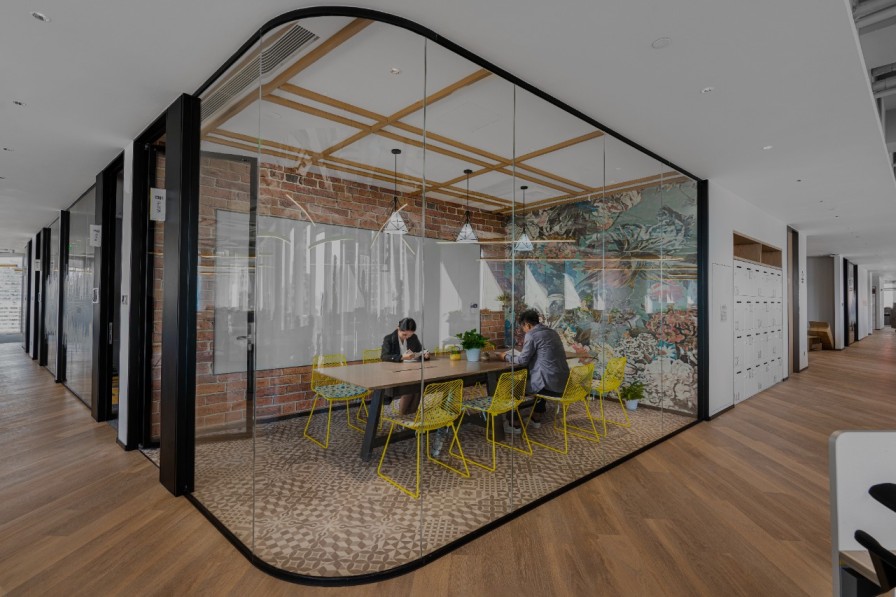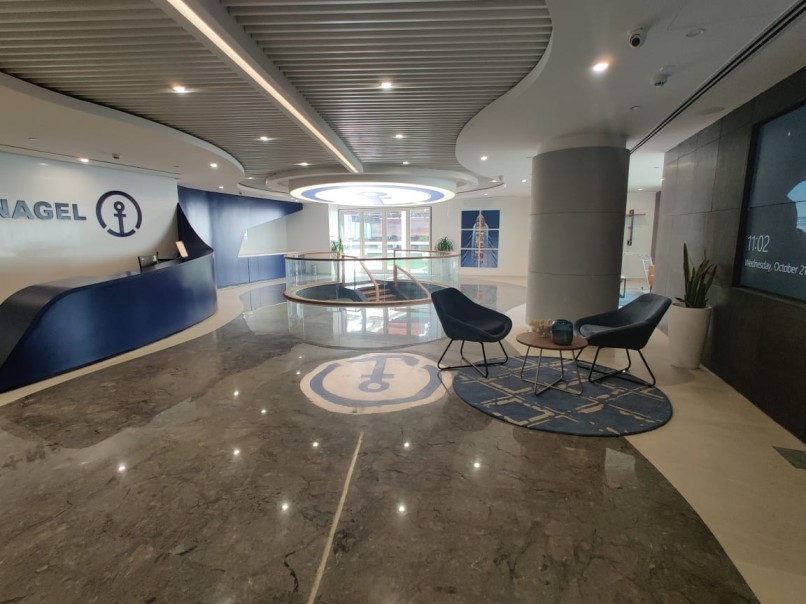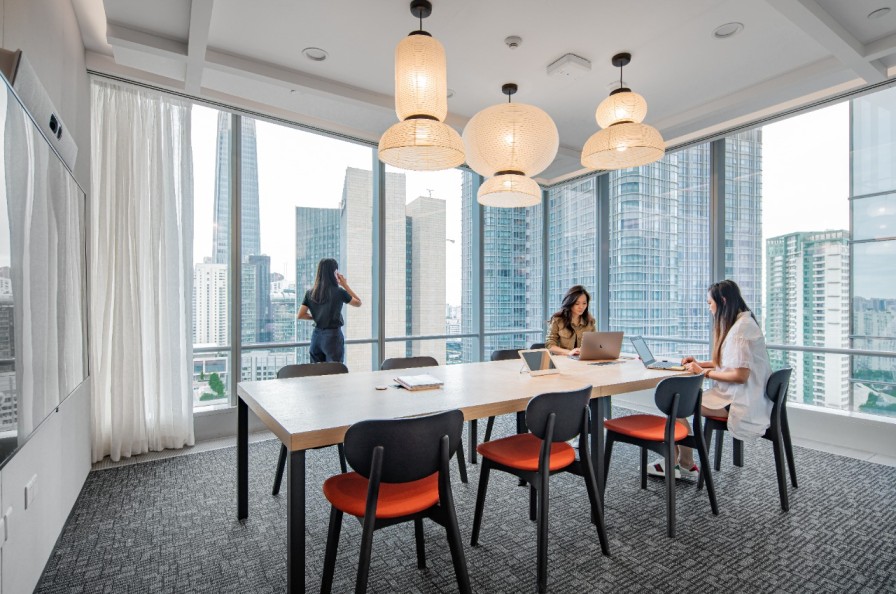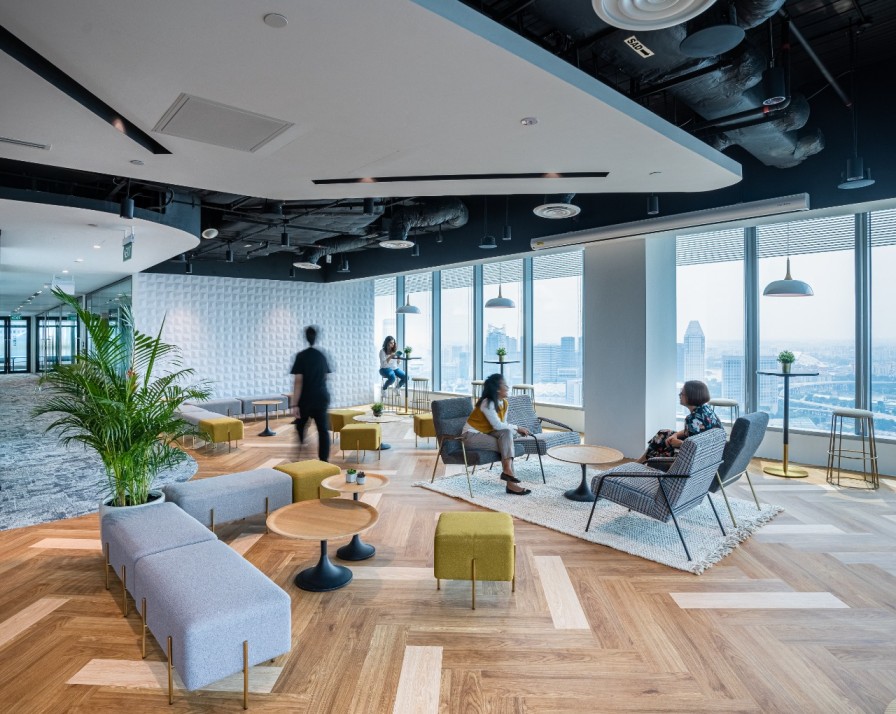From incidental collaboration to meaningful conversations: How can leaders bring the right hybrid workplace experience?
The future of work is anywhere and everywhere, and there’s no denying that employees can work productively regardless of where they are. But measuring productivity using the traditional models may have become a thing of the past.
Tomorrow’s workplaces are catalysts for meaningful and impactful work. By creating microenvironments, workplace interior design facilitates the change from incidental collaboration to purposeful collaboration that stimulates employees to create a more ‘effective’ workforce.
Thus, a well-executed hybrid workplace strategy can be a magnet that brings different people together and helps us collaborate better than ever before. Here’s how business leaders can foster a successful hybrid experience as they reimagine their offices.
Flexibility remains a priority
Occupancy levels can be expected to vary every day in a hybrid workplace. So, having designated seats for each employee might create more unused spaces than a sense of togetherness. One way to tackle this is by bringing hot desking policies, which ensure everyone in the office has a space to work. This gives your employees the choice to reconfigure the remaining spaces depending on their work as well.
When Vanke wanted to attract the younger generation and implement new ways of working, the workplace design focussed on incorporating an Activity Based Working (ABW) into the office. By introducing flexibility to achieve different goals within specific spaces, the workplace was divided into four categories: Learn, Socialize, Collaborate, and Work. These demarcated spaces for private, focused work, one-on-one calls, brainstorming sessions and informal discussions allowed employees to choose how they wanted to work.
Collaboration is the key
Despite the comforts of remote working, employees have been working in silos and experiencing a sense of disconnection. Over 85% of employees who participated in our pulse survey back in 2020 confirmed they missed face to face interaction and collaborating with their colleagues — a factor that’s bringing back them back to office now. Psychologically, either we are still working in silos or have been conditioned to recognise that as comfortable. In this scenario of mental silos, how can leaders bring in a culture of collaboration?
Kuehne+Nagel (K+N), a logistics multinational company, wanted to drive workplace design on the idea of connectivity. Our workplace experts designed spaces that are technologically sound that act as catalysts for meaningful meetings and interactions. We then took the design a step further by linking different spaces and connecting them together under one cloud to build a cohesive environment
Comfort needs to go above and beyond
Coming to work is no longer a need but a choice. For leaders need to tilt employee choice in favour of coming to office, and workplace design becomes an essential tool. Workplace design is moving from ‘work setting’ to ‘work from home’ settings to allow employees that work out of the office to still indulge in the comforts of ‘work-from-home— think a cosy sofa, access to the kitchen and personalised food options, an open balcony or work nook dotted with greenery.
Our recent survey on LinkedIn indicated that over 41% of employees would love to have a nap pod or a sleeping corner in their workplace to recharge and work productively.
To keep pace with the evolving employee needs and workplace changes, leaders need to incorporate the experience of home away from home to their office. Like we did for Airbnb’s office in Beijing. The designers on this project leveraged personal touches to make the workplace more like a home. Spaces like conference rooms were designed based on real listings on Airbnb and what the employees wanted.
A culture that brings people together
In times of hybrid work models and shifting workplace needs, firms have an opportunity to redefine their culture and values. The new hybrid workplace design will need to leverage areas where people can socialise freely and unwind, come together for a chat over coffee, and enjoy movie nights with their virtual teams.
When a global insurance firm in Singapore wanted to bring employees back into their new office, we took a hospitality-inspired design approach that enabled positive human interactions within the workplace. A smart spatial plan helped to nurture safe workspace behaviours without too many visual reminders while ensuring moments of social interactions and connections.
Is your hybrid workplace model bringing your employees and business closer? Accelerate your transition to the new workstyle and prepare for the challenges with us. Connect with our experts to enhance your office design concept.









